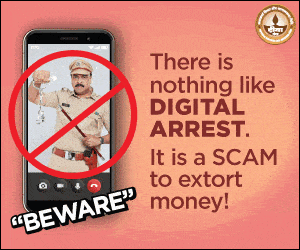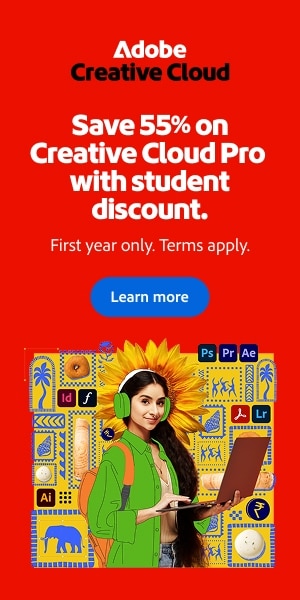RCS Messaging Explained
Traditional SMS and MMS have supported mobile communication for many years, and they continue to deliver strong results for businesses. SMS still has a 98 percent open rate, and MMS campaigns can increase opt-ins by 20 percent compared to SMS. These numbers show why businesses remain interested in messaging channels that can drive strong customer engagement.
As customer expectations evolve, companies now look for richer and more interactive ways to connect. Rich Communication Services, also known as RCS, is emerging as the modern solution. RCS brings advanced features to mobile messaging and introduces a new level of branded, secure, and interactive communication that businesses can use to connect with customers in more meaningful ways.
What Is an RCS Message
RCS is a modern messaging protocol that enables businesses and consumers to exchange rich, interactive content directly through the native messaging app on a smartphone. Unlike other messaging platforms, customers do not need to download third-party apps. RCS messages work inside the default messaging app and enhance the normal texting experience.
One of the most important features of RCS is company branding and verification. Businesses can include their brand name, logo, tagline, and a verified badge in every message. This helps customers quickly recognize who is contacting them and increases trust.
RCS also supports high-quality media. Businesses can send large photos, videos, and GIFs that look more appealing than MMS content. Interactive elements like quick-reply buttons, carousels, and call-to-action buttons help customers respond faster and more easily. Longer text messages are supported without splitting, unlike SMS which limits messages to 160 characters. RCS Business Messaging also includes encryption between the sender and Google, and between Google and the end user, for improved security. The key advantage is that all of this happens inside the existing messaging framework, giving customers a richer experience without app fatigue.
The History and Evolution of RCS
The idea for RCS was introduced in 2007 as an upgrade to SMS, which had not changed much since the 1990s. The GSM Association, in partnership with mobile network operators, set out to build a more interactive and media-rich alternative to SMS and MMS.
However, adoption was slow at first. Technical challenges and the rise of internet-based messaging apps like WhatsApp reduced the incentive for carriers to roll out RCS. This changed in 2016 when Google integrated RCS into the Android Messages app. Because Android holds a major portion of the global smartphone market, this step played a huge role in increasing interest.
To ensure consistency, the GSMA later introduced common standards for RCS messaging. This made it possible for different operators and devices to support the same features. Over the years, US carriers and many international operators have rolled out RCS. A major milestone arrived with Apple’s release of iOS 18, which added RCS support and improved communication between iPhone and Android devices. With this change, RCS has moved closer to becoming a global messaging standard.
RCS on Android and iPhone
Android already offers full support for RCS, and most major carriers enable it. This allows Android users to enjoy features like high-quality media and interactive elements inside the default messaging app.

With iOS 18, Apple has also added support for RCS. This improves cross-platform communication between iPhones and Android devices. The combined support from both platforms increases the potential reach of RCS and makes it more likely to become a universal messaging standard.
RCS vs SMS vs MMS vs OTT
RCS stands out among the main messaging technologies used today. While SMS is limited to short text messages and MMS adds basic multimedia support, RCS combines the strengths of both and adds features commonly seen in OTT apps.
SMS remains reliable because it does not require mobile data. MMS allows sending images and videos but still has limitations. OTT platforms, such as WhatsApp Business and Facebook Messenger, rely completely on internet connectivity and offer advanced features like voice calls, encryption, and file sharing.
RCS brings the reliability of SMS and MMS together with many capabilities seen in OTT apps, without the need to install an additional app. However, SMS will continue to work as a fallback because RCS requires a mobile data connection. This makes SMS essential when a user does not have WiFi or mobile data.
Who Can Send RCS Messages
Any consumer who can receive RCS messages can also send them. For businesses, sending RCS messages requires working with a communication platform that supports RCS capabilities. A platform like Twilio offers RCS support within its existing messaging APIs. This means businesses do not need to create a new system or change their entire messaging setup to start using RCS.
As more carriers worldwide continue to introduce RCS for consumers, the availability of RCS for business messaging will also grow. The reach will expand gradually as more carriers enable A2P RCS messaging.
Where Businesses Can Use RCS Messaging
Although RCS for consumers has been rolling out globally, A2P messaging support is not yet available in all countries. Some regions, such as Brazil and the UK, already allow A2P RCS, while others, including the United States, have not fully introduced it yet.
Carriers want to ensure that RCS remains a trusted channel. Each new messaging platform increases the risk of spam and misuse, so global operators are taking a careful approach. As of October 2024, 17 countries have enabled RCS for A2P messaging. This number is expected to grow in the coming months as carriers prepare to launch RCS safely and effectively.
The Future of RCS Messaging
The future of RCS is promising, even if global A2P support is still expanding. Businesses can begin planning their RCS strategies now by learning about the benefits, exploring potential use cases, and identifying how interactive messaging can enhance customer communication.
RCS offers new possibilities for branding, security, interactive engagement, analytics, and customer satisfaction. With growing support from both major smartphone platforms, RCS is positioned to become an important channel for business communication.
Frequently Asked Questions
Q1. Can RCS lower customer service costs?
A. Yes. RCS can reduce support costs because customers can use quick-reply buttons, rich media, and interactive guides to resolve issues faster.
Q2. Is RCS compliant with privacy laws like GDPR and CCPA?
A. RCS supports encryption, but compliance depends on implementation. Businesses must follow consent and data handling rules.
Q3. How does RCS improve customer experience?
A. RCS provides verified sender IDs, logos, rich media, and interactive actions. Customers receive better communication without installing new apps.
Q4. How does RCS help differentiate a brand?
A. Verified branding, high-quality visuals, and interactive elements help products stand out and build trust.
Q5. What media features does RCS support?
A. RCS supports high-resolution images, videos, GIFs, audio, carousels, quick replies, and call-to-action buttons.
Also Read- Free Up Space: Easy Ways To Clear Telegram Cache On iPhone And Mac










